Chloroclystis v-ata
(Haworth, [1809])
-
 Subfamily: Larentiinae, Eupitheciini
Subfamily: Larentiinae, Eupitheciini -
 Wingspan: 16-18 mm
Wingspan: 16-18 mm -
 Flight period: May - Aug
Flight period: May - Aug -
 Spread: Common
Spread: Common -
 Host plants: Poliphagous
Host plants: Poliphagous
Information
The Chloroclystis v-ata also called the V-Pug is a moth of the Geometridae family, Larentiinae subfamily, with a wingspan of 16-18 mm.
It is distributed throughout Europe, in Italy it is also present in the islands. *
It is also present in the Middle East and North Africa.
The background color of the front wings of the Chloroclystis v-ata is gray with intense dusting of green, and less evident brown / black.
Two brown / black bands are visible, the first in the discal region and the second in the post-discal region, the latter traces a characteristic sign near the costa
dark in the form of "V" . The green coloration fades over time, but the dark markings make this moth an easy to identify species.
The hind wings are greyish white with strong brown, green dusting along the edge. The wings are fringed in a gray / whitish checkered pattern.
Head, thorax are greenish with black scales, the abdomen has the first two / three green segments with many black marks,
the following segments are green in color with black and white intersegmental signs **
Bivoltine moth, adults can be seen between May and August. The species flies at night and is attracted to artificial light. The species overwinters as a pupa.
Habitats are diverse, with preference for wetlands, it frequents mixed woods, forests, gardens, scrubs, parks and gardens
The egg is white, shiny and oblong. The larva is green, usually with three reddish stripes and dark geometric designs on the back,
even if there are other colors such as yellow with brown marks, or green with just hinted at the back marks. **
The pupa has a green / amber color to become yellow / reddish, the Cremaster has some small elongated growths.
The larva feeds on various plant species we find Adoxaceae, Apiaceae, Asteraceae, Lamiaceae and Ranunculaceae.
By way of non-exhaustive example we mention Achillea, Angelica, Artemisia, Clematis sp., Eupatorium, Ligustrum, Lysimachia, Lythrum, Rubus, Sambucus, Solidago and Ribes sp..
* Lepidoptera mundi https://lepidoptera.eu/ - Fauna Europea https://fauna-eu.org/
** Bestimmungshilfe für die in Europa nachgewiesenen Schmetterlingsarten - http://lepiforum.de/
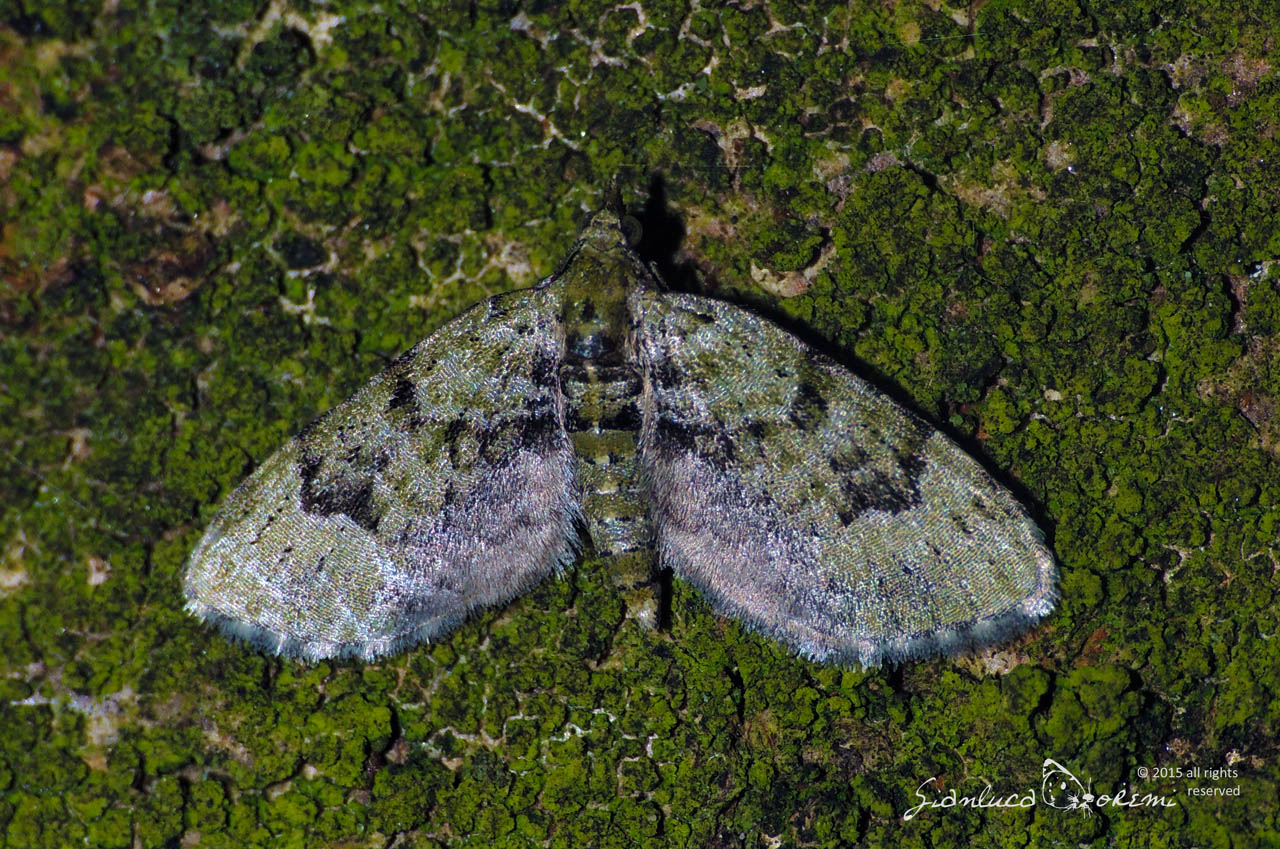
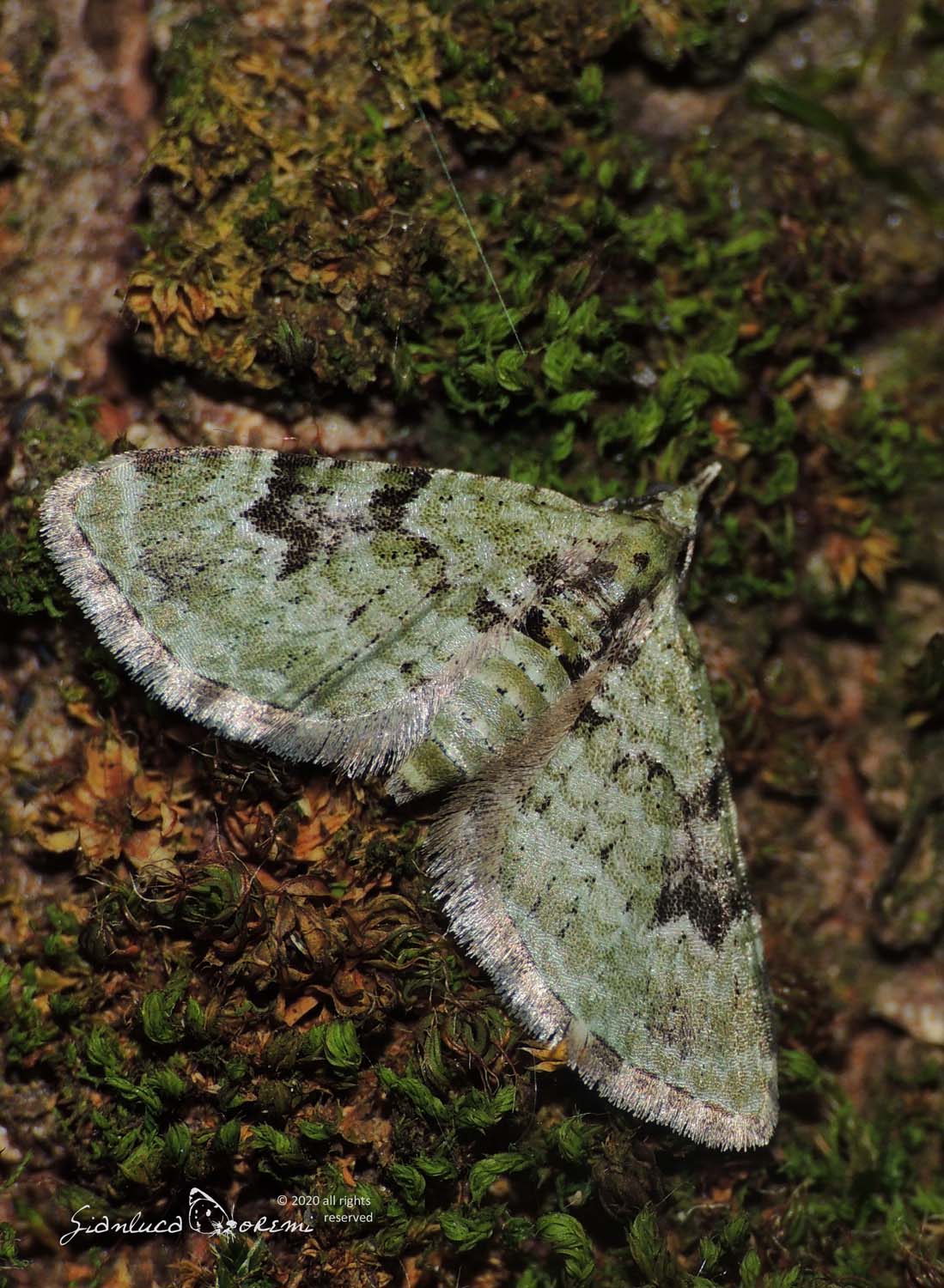
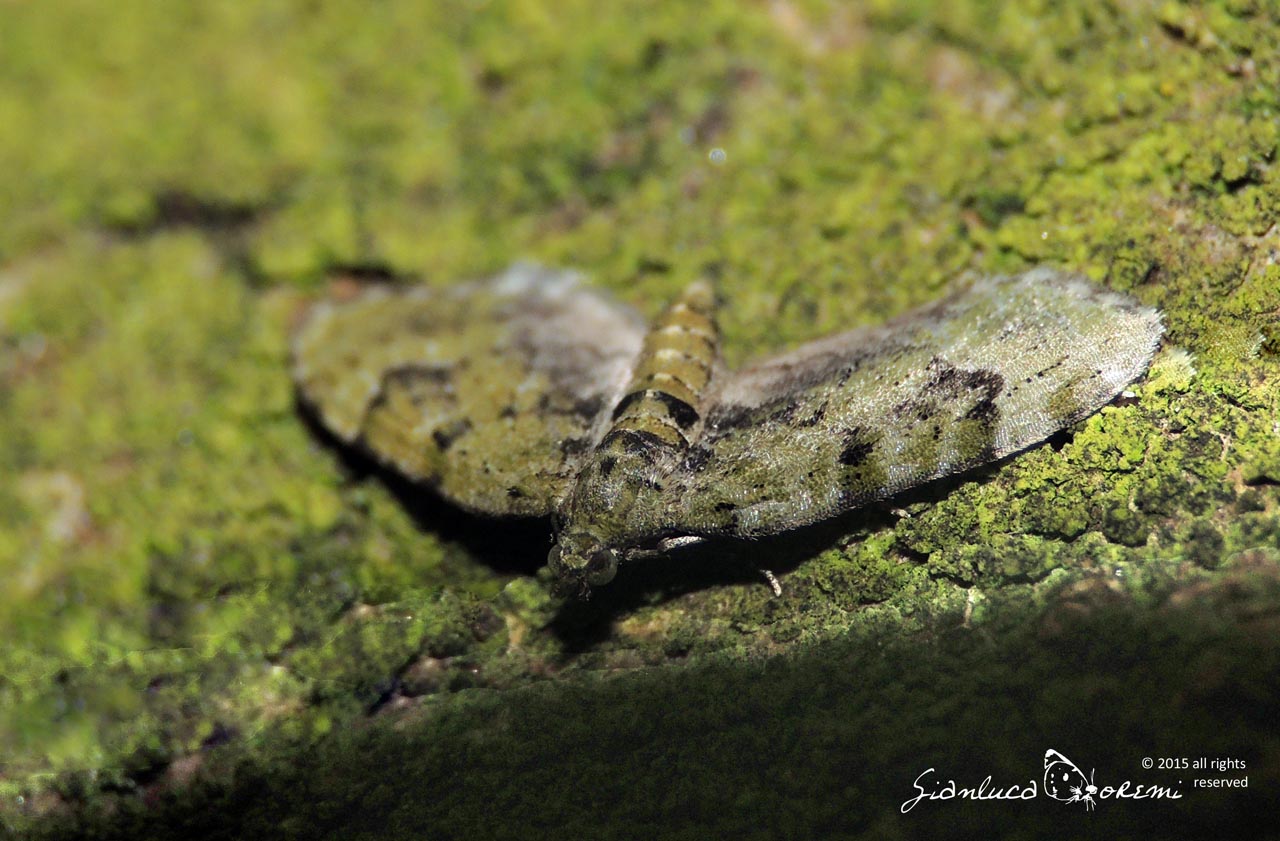
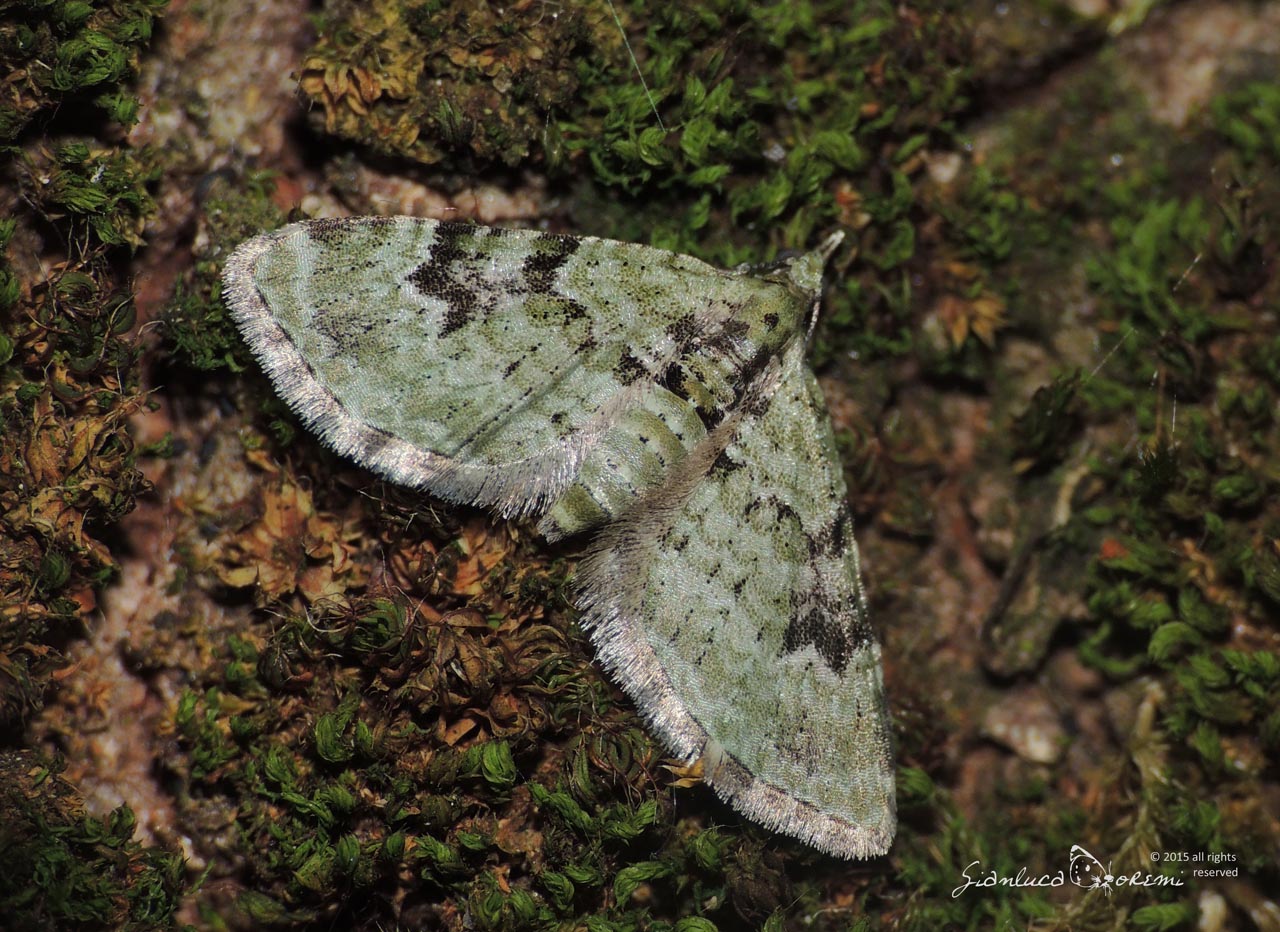
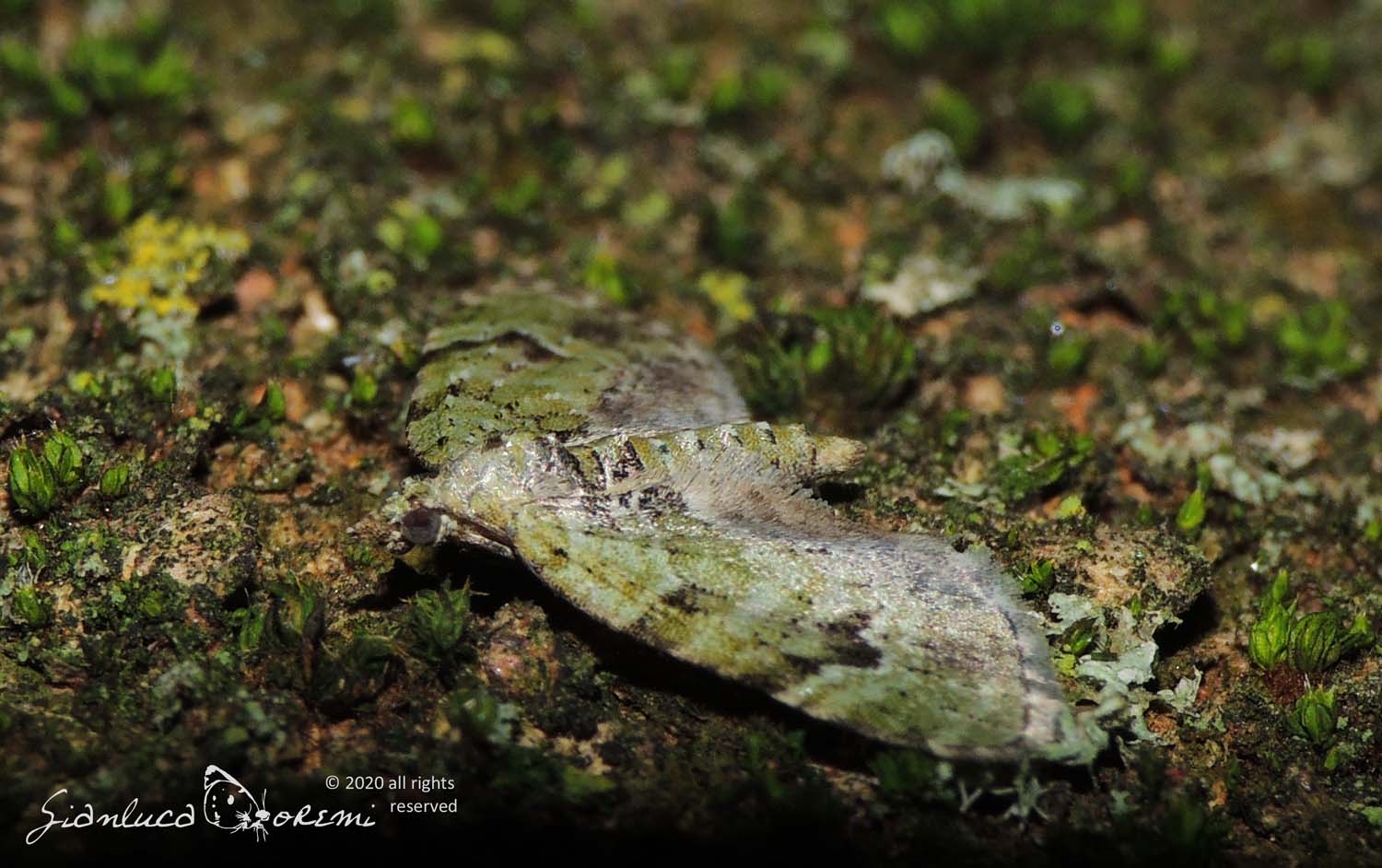
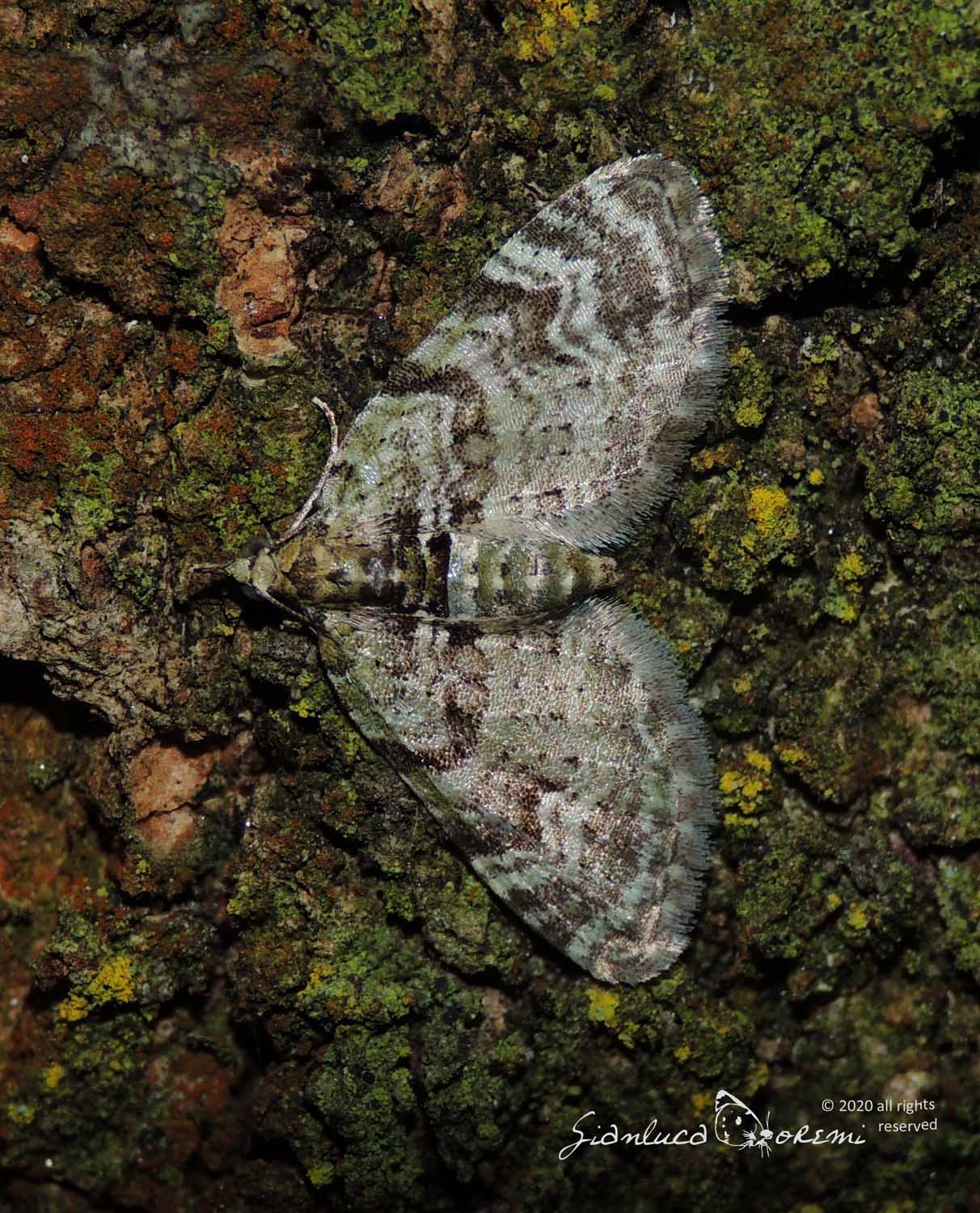
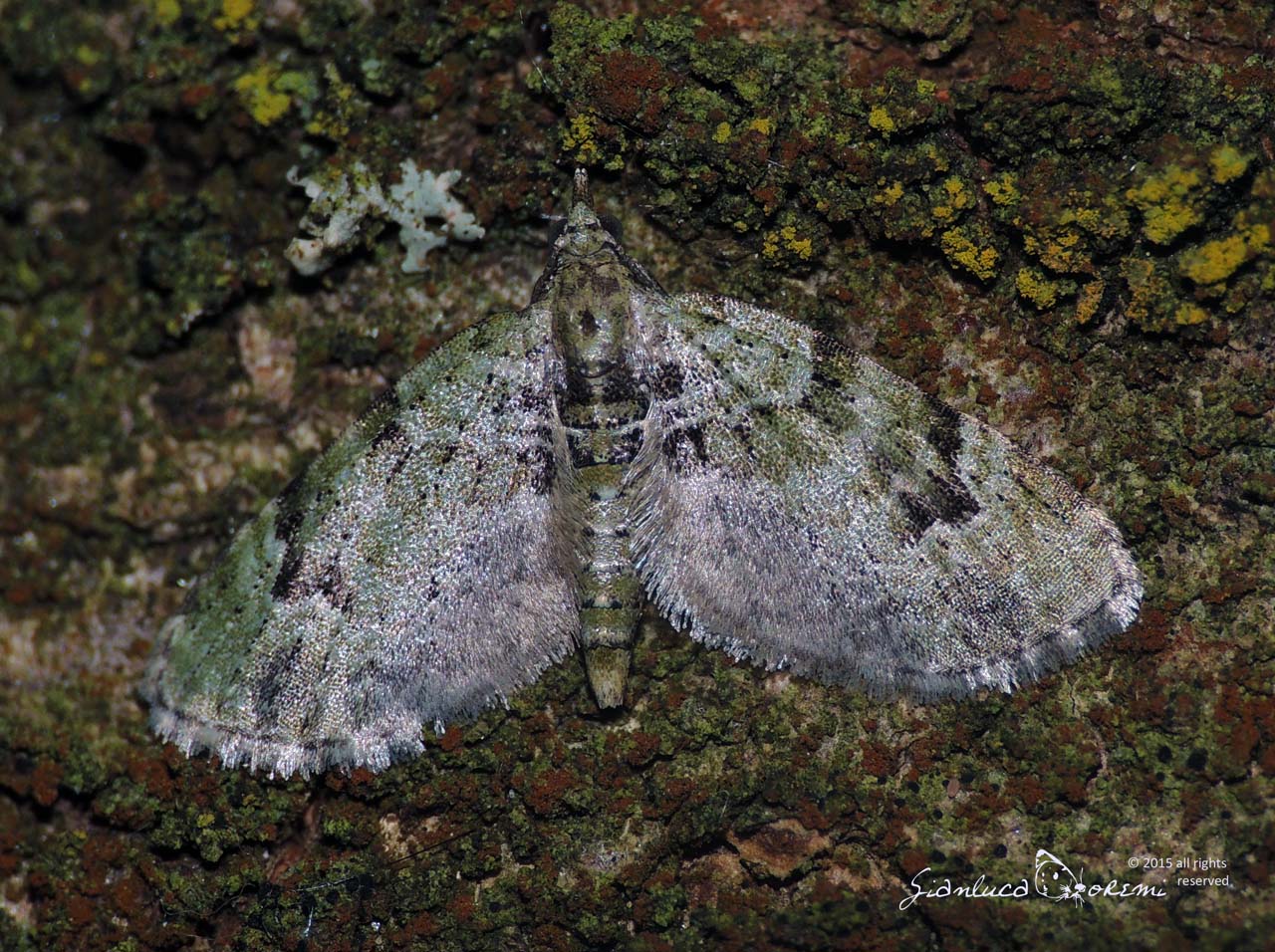
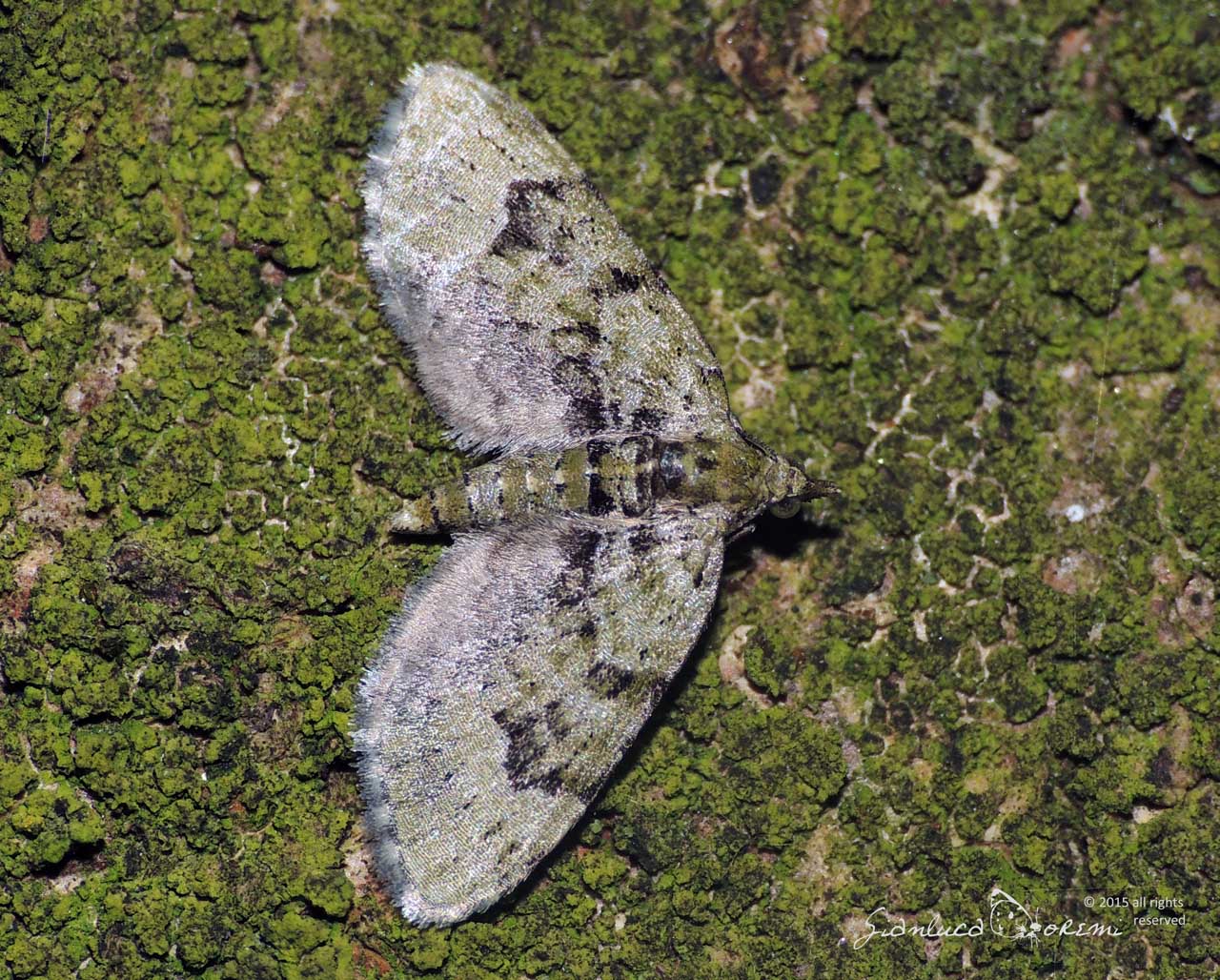
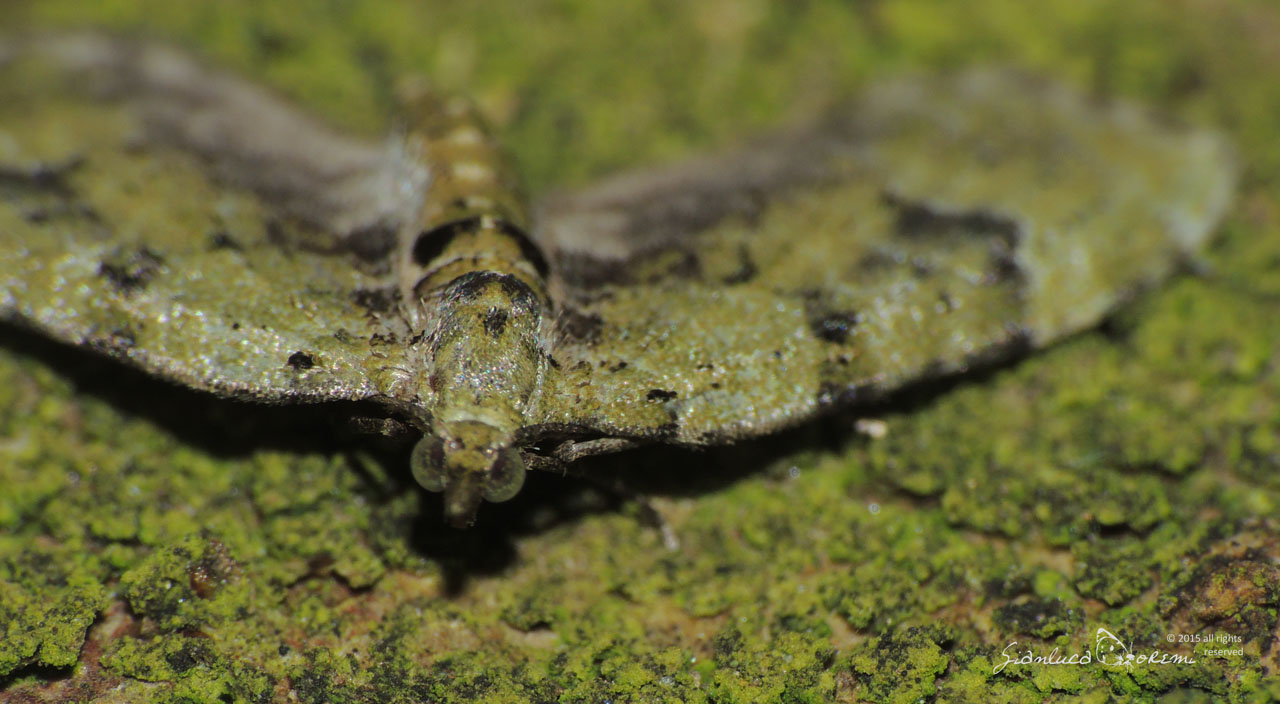


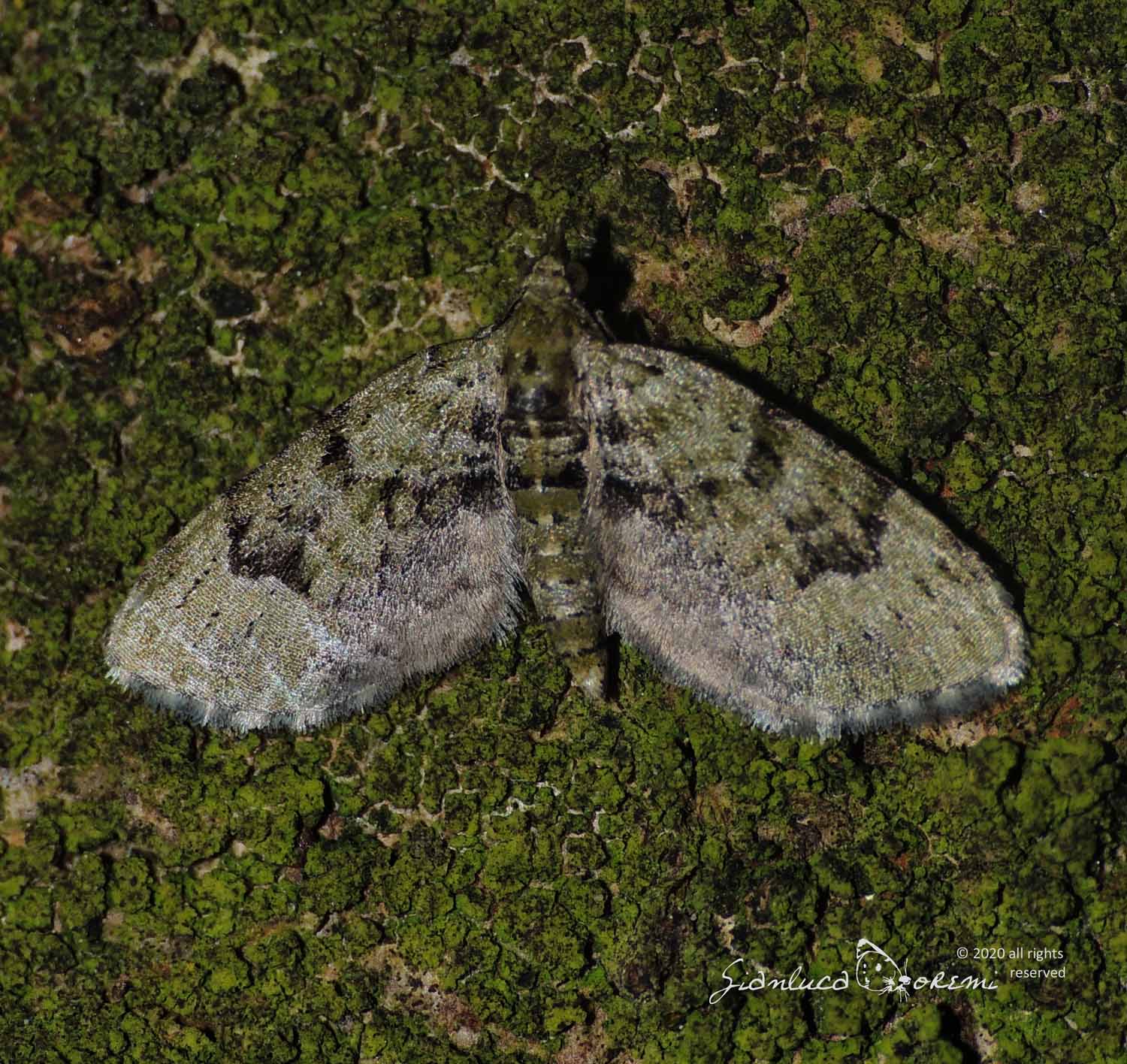
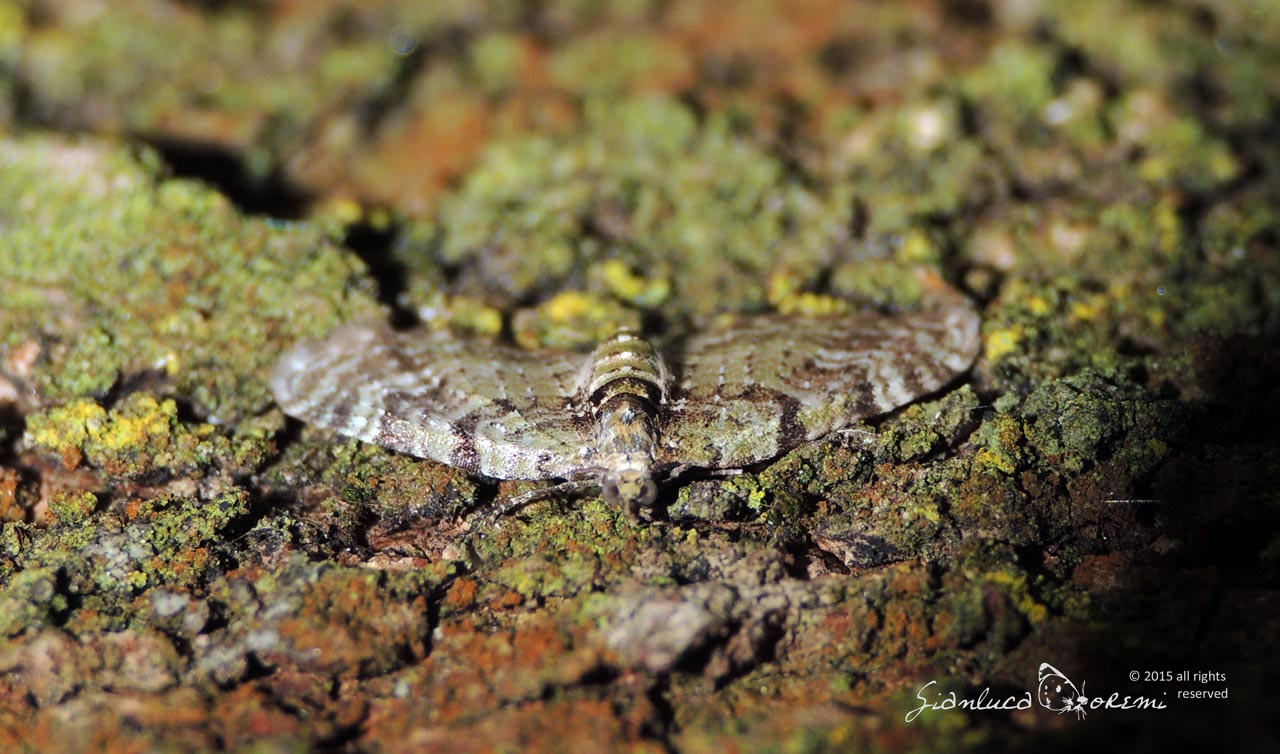
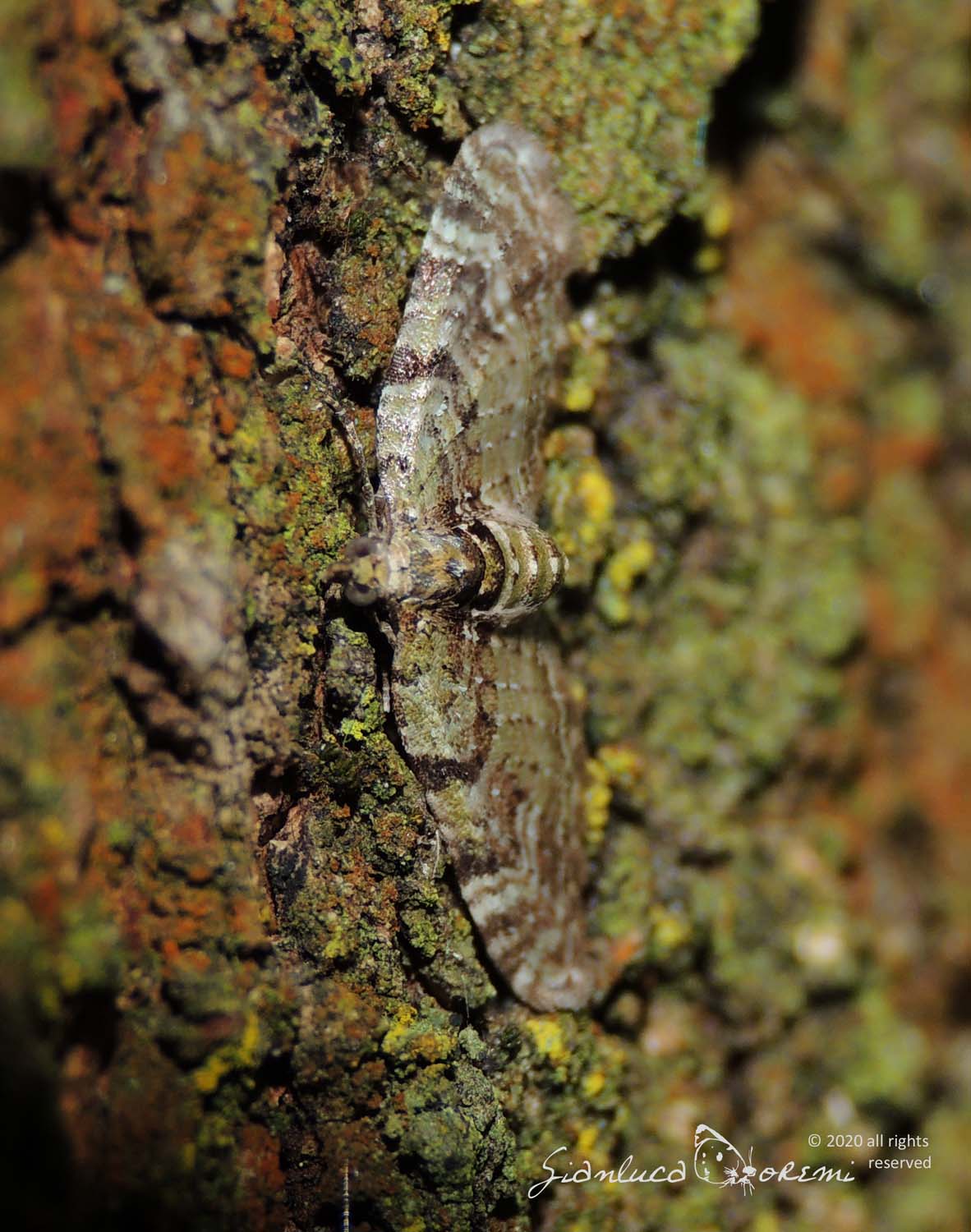

 EN
EN ITA
ITA
Social and publications